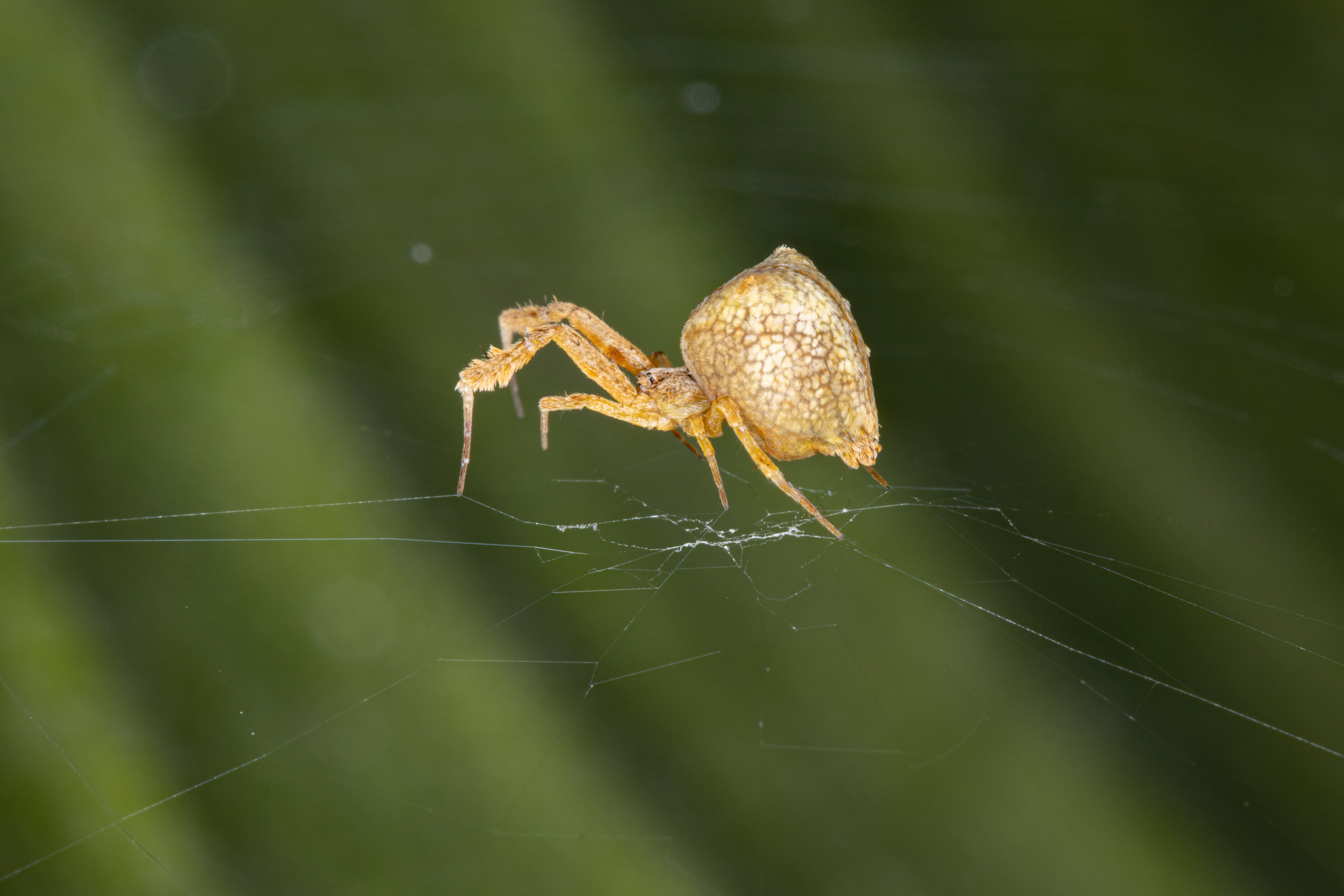Spiders are intriguing creepy crawlies, and now, scientists have discovered that some spiders lure prey in using a terrifyingly smart tactic that may give you nightmares.
According to new research published in Current Biology, scientists say that once orb-weaver spiders have ensnared male fireflies in their webs, they’ll actually turn the captured insects into flashing bait for other fireflies. The tactic plays off the way female fireflies attract males of their species, taking something romantic and turning it into a thing of horror.
The researchers made this strange discovery after noticing that spiders lure prey into their webs with the flashing lights that fireflies emit. However, they noticed something especially intriguing: the spiders never seem to attract female fireflies. As such, they began observing the orb weaver spiders to see just how they do it.

What they noticed is that the spiders seemed to somehow use the fireflies’ flashing tails against them, causing the male fireflies to flash once instead of twice—thus attracting more males to the webs.
This essentially allowed the spiders to lure new firefly prey in by mimicking the signals that females give out. The scientists aren’t actually sure how they’re doing it, but it is interesting to see that they are somehow turning the fireflies’ own signals against them in a bid to grow their own little buffets.
The researchers say they are very interested in seeing if other species of spiders that feast on fireflies use similar tactics to lure prey in or if other animals use similar tactics, like sounds or the release of pheromones, to attract their meals.
What this research absolutely demonstrates, though, is that spiders are not passive foragers. While they may wait for certain prey to become trapped in their webs, they often take advantage of other hunting methods to draw in more insects for their meals.
